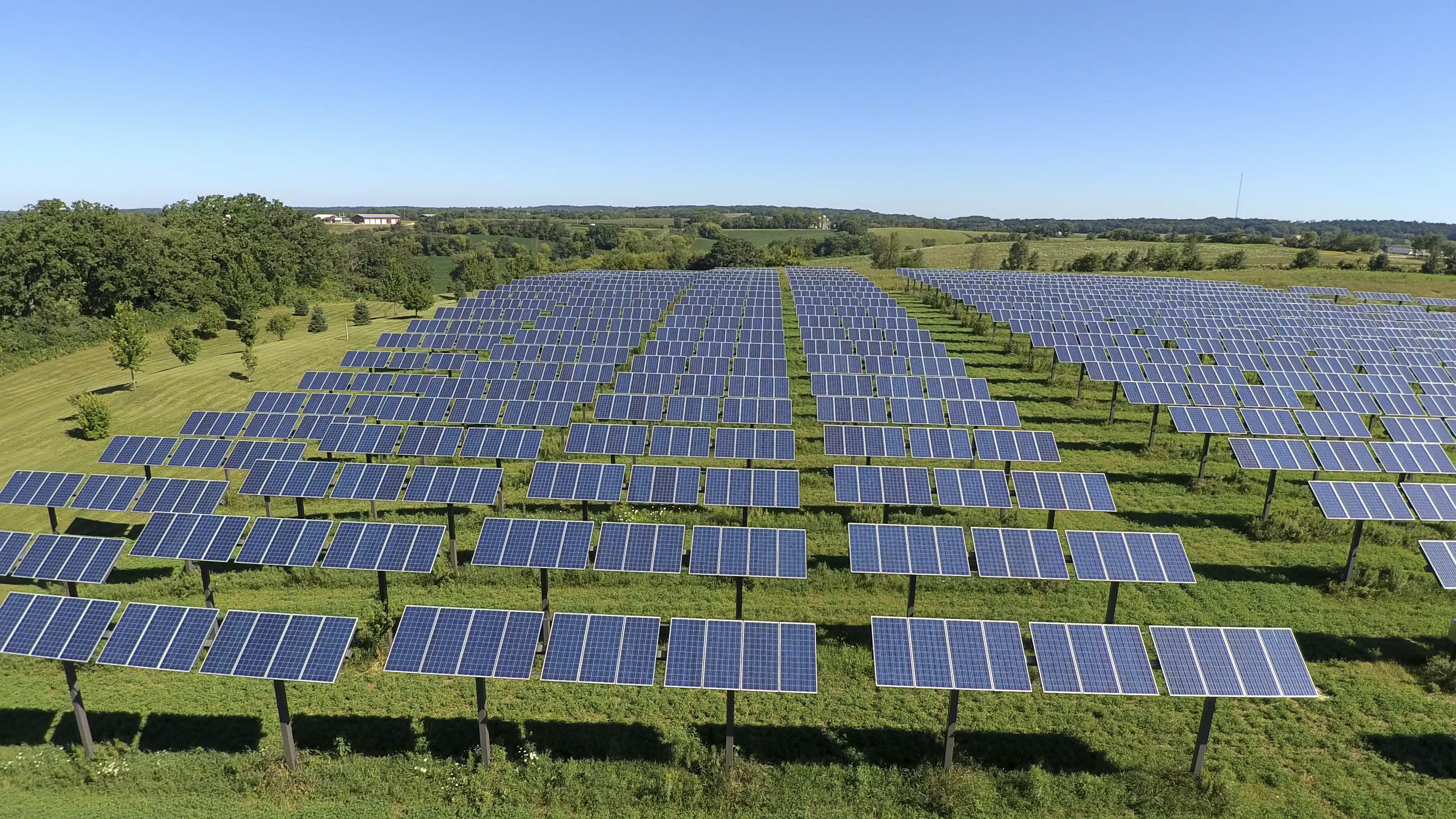The solar industry is entering a golden age of innovation. As more communities demand renewable alternatives to carbon-heavy grid generation, many are opting to invest in solar. As of the end of 2017, the U.S. had a collective 50 gigawatts of solar capacity, and that figure is rising rapidly. But 50 gigawatts of solar works better together than apart. That’s why many in the solar community are turning to solar microgrids. By connecting to microgrids—integrated networks of solar panels—communities can maximize efficiency by sending power where it’s needed. New technologies like blockchain even allow producers and consumers to buy and sell energy with their neighbors, earning income and reducing energy costs. With solar microgrids, the collective solar capacity of a community becomes more than the sum of its parts. One company actively developing a solar microgrid trading platform is Power2Peer, a Boston-based startup currently conducting an equity crowdfunding campaign with StartEngine. Here are the top five reasons you should consider investing in solar microgrids.
5. Microgrids unlock the full potential of solar power. The U.S. is expected to double its solar capacity over the next five years. The proliferation of individual solar arrays is great news for the solar microgrid investor, the energy consumer, and the eco-conscious alike. But the real value of that collective solar capacity is yet to be tapped. During the day, when solar energy is most abundant, usage is low. The value of the solar microgrid is as an integrated network of solar panel arrays. A trading platform can then connect solar producers to consumers who can use that extra daytime generation. This provides consumers on the one hand the option of sourcing cleaner energy at a lower cost. It also means new revenue streams for solar panel owners: extra income and more incentive to install more solar capacity. Most important, solar microgrid networks are also lifesaving backups when the main grid goes down.
4. Booming solar tech innovation means solar catching up to fossils in short-term feasibility. For example, Dr. Nish Sonwalkar, founder of Power2Peer, has developed a metallic solar panel coating which boosts solar absorption by 20+%. Such leaps in technology will continue to make solar more viable by shortening investment payback periods. With the market poised to heat up as more communities opt for sustainable energy alternatives, investing in solar microgrids now gets you in at the ground floor.
3. Microgrids offer a more resilient power supply. One defining feature of the solar microgrid is its ability to function “island”–independent from the main grid. In the case of widespread grid failure, those connected to the microgrid keep the lights on with locally generated renewable power. On numerous occasions in recent years, solar panels have shown to be quite durable under extreme weather conditions. Solar arrays are typically up and running immediately following a storm, in some cases weeks before maintenance crews restore power to the main grid. As coastal areas continue to experience more frequent and more intense tropical storms, the value of reliable backup power is rising in turn. People deserve the agency to harness and trade the abundant power of the sun, so that in times of extreme weather or disaster they are not beholden to the response time of central grid operators.
2. Solar microgrids offer a diverse return on investment. Solar microgrids offer the downstream effects of lowered cost and improved energy resilience for consumers. As with any investment in infrastructure, microgrids drive local economies as jobs are created to build up and maintain network hardware. If you own solar panel owners, investing in solar microgrids is like loosening the faucet on your solar panel dividends. Beyond making good financial sense, investing in the success of renewable energy offers the ecological upside of reduced carbon emission. Investment that helps combat climate change may, in fact, be the best way to preserve a livable planet for the future.
1. Decentralizing the grid means shifting power to the people. With fossil fuel generation, efficiency is devalued by the demand for constant market growth. This mindset has put enormous stress on our environment. And while carbon fuel has certainly played its part in moving the wheel forward, it now threatens to drive us off a cliff. The prevailing carbon-fueled industrial paradigm actively threatens the well-being of the average person. Microgrids offer people the power to choose a viable alternative that will lower their electric bills and convert excess solar generation into income, while also reducing carbon emissions. The solar community is growing more and more each day as people opt to take control of their energy needs. Microgrids empower people to do their part by providing income for their families, and securing a clean, resilient power supply for their communities.
At the forefront of solar microgrid innovation is Power2Peer. Driven by cutting edge software and hardware efficiency, Power2Peer is now in the pilot testing phase of a mission to make solar microgrids a reality. Now is your opportunity to invest in solar microgrid technology by purchasing equity in this Boston-based startup. Visit the Power2Peer equity crowdfunding campaign on StartEngine and join the microgrid revolution!


One Comment
Green New Deal Offers Sweeping Vision Of Economic Reform - Power2Peer 6 years ago
[…] substantial grant funding and public investment of capital in locally implemented grid solutions—solar microgrids, for […]